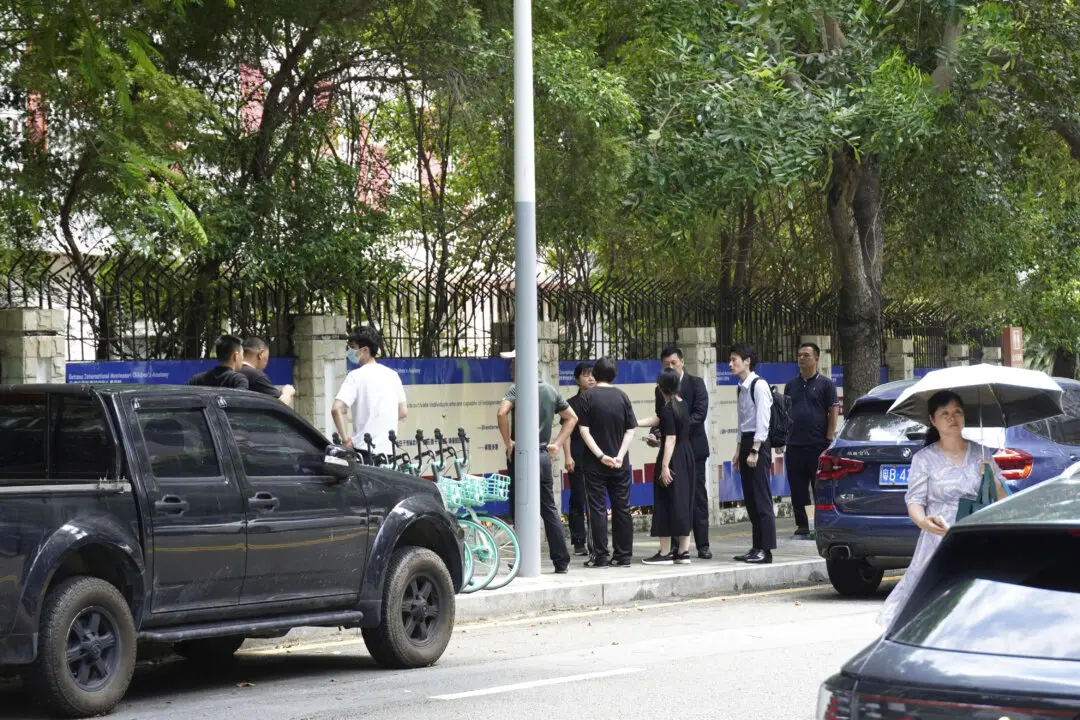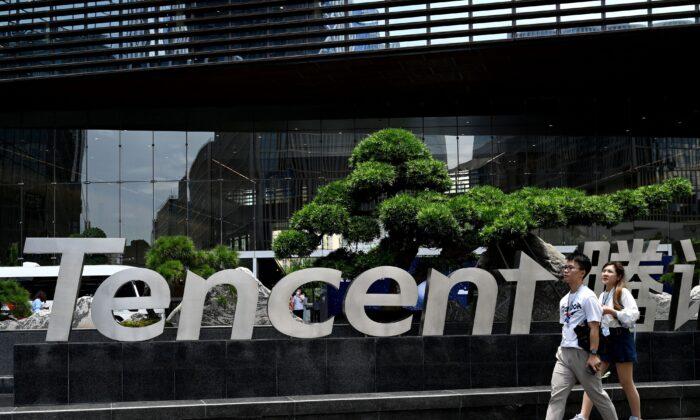NEW YORK—New Yorkers lined up to have their memories of 9/11 recorded via vintage typewriters by volunteer typists in ‘50s dress at Bryant Park on Sunday, as a part of artist Sheryl Oring’s public art project “Collective Memory.”
“This was the only thing out of all the [9/11 events] that we wanted to go to. It really resonated with me,” Jace Schinerman told Oring as she was leaving.
“I read about this and I thought: I can express myself in a very personal way,” Schinerman added.
Oring, an assistant art professor at the University of North Carolina in Greensboro, said Bryant Park had contacted her to do an open art project in conjunction with the park’s 9/11 tribute: 2,753 empty chairs in the lawn facing where the World Trade Center towers once stood. The chairs are representative of those who died in New York City during the terrorist attacks on Sept. 11, 2001.
Oring said this is the largest typewriter project she’s ever done, with 10–14 volunteers working simultaneously from 12:30 to 2:00 p.m. each day of the three-day event that concluded Sunday. In 2004, she had started a public art project placing typewriters in public places so people could write letters to the president.
About 110 messages were collected on Friday and 75 on Saturday. Judging from the crowd on Sunday, Oring expected to gather well over 100 additional messages by the end of the day.
“The typewriters, I feel, open up a really different sort of communication with the public. It usually allows people to speak from a much more personal space,” Oring explained. “I’ve had a lot of people tell me it’s a little like therapy. The typewriter also has a really human element to it: You see, sort of, the human touch physically on the page in a way you don’t with what the computer print outs.”
The artist said the theme, “What would you like the world to remember about 9/11?” was partially inspired by her 3-year-old daughter. According to Oring, 9/11 is probably too recent for us to be emotionally ready to teach in schools, but it’s something to think about and will eventually be discussed in classrooms.
“The other day, someone sat down and said, ‘I was 13 at the time.’ He lived here. His father was in the city, and he was having a hard time getting in touch with him,” Oring recalled. “He said, ‘That was the day my youth ended, my childhood ended.’ I hadn’t really thought of it like that, but the world changed.”
“Thank you for this. I love the message behind your idea,” said Maryclaire Sullivan to Oring.
Sullivan had volunteered in the hospital after the attacks. “It was sheer calamity, but [there was] such extraordinary beauty [in] how the people came together. There were lines, [spanning] blocks, of people waiting to donate blood. There was an altar on every sidewalk,” she recalled.
She heard about the Bryant Park event from her sister Bridget Sullivan, with whom she came.
“When you have a person on the other side of the table that’s actually representative of kindness, it makes you feel like you’re talking to a friend,” said Bridget Sullivan.
The messages are being scanned and uploaded to Bryant Park’s Flickr account, and the original slips of paper will be shown in a touring exhibition at college campuses across country.
Bryant Park Hosts 9/11 Tribute
New Yorkers lined up to have their memories of 9/11 recorded via vintage typewriters by volunteer typists in ‘50s dress at Bryant Park on Sunday.

Updated:



